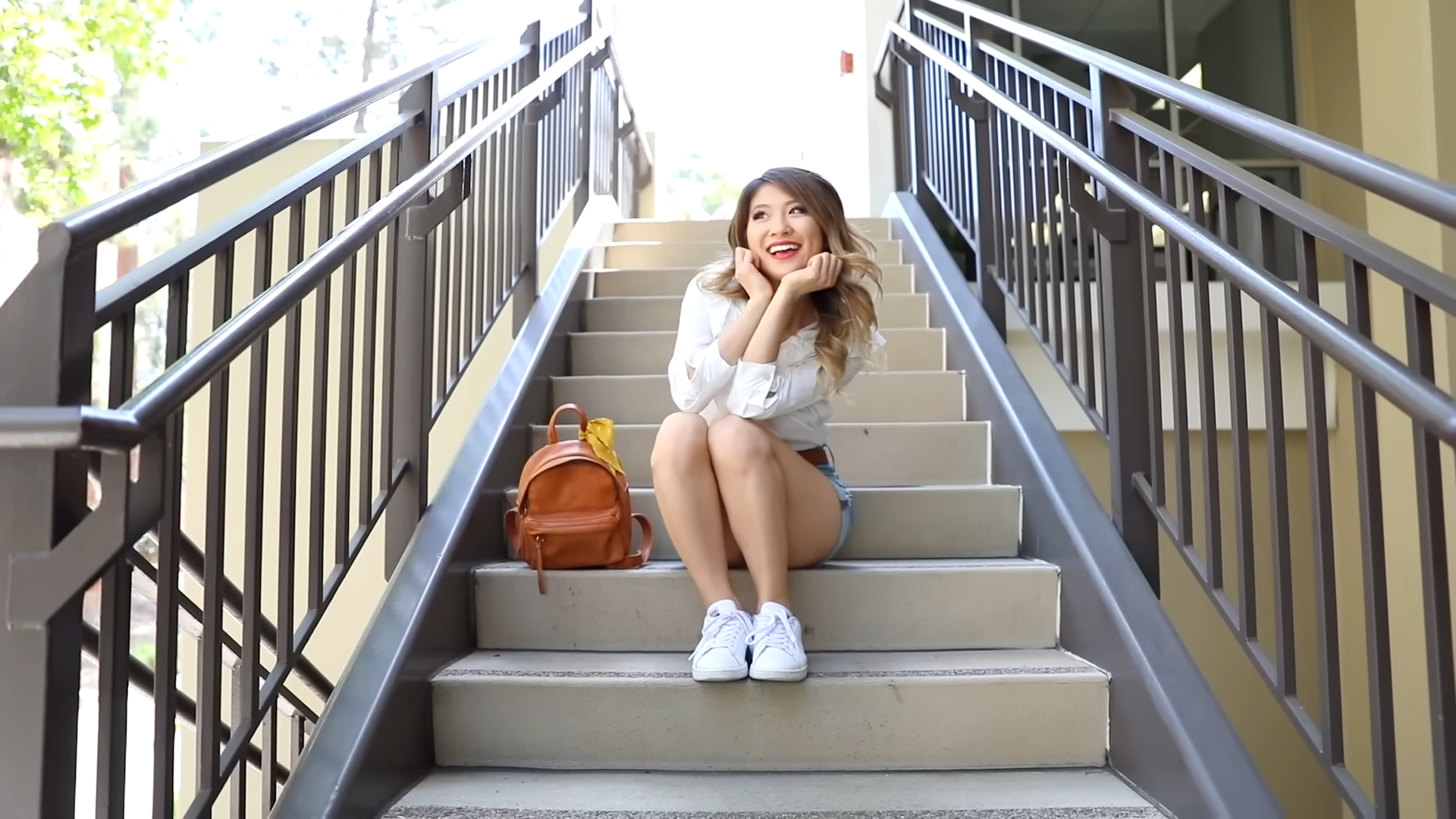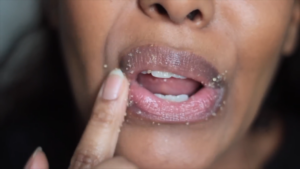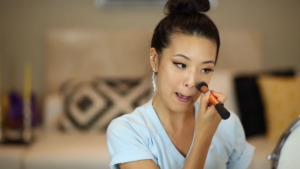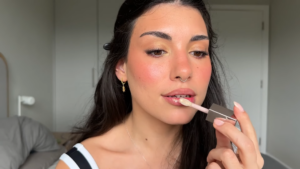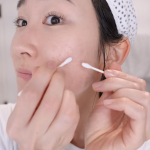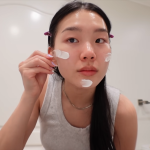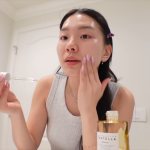Teenagers often spend a lot of time outdoors, enjoying the sunshine and outdoor activities. However, it is important to be aware of the negative impact sunlight can have on young skin. Photoaging, or sun-induced aging of the skin, can cause a variety of skin problems, including wrinkles, age spots, and even skin cancer.
What is Photoaging?
Photoaging is the process of skin aging that is accelerated due to exposure to ultraviolet (UV) rays from the sun. UV rays can penetrate the skin and damage collagen and elastin fibers, which provide strength and elasticity to the skin. This damage causes the skin to sag, wrinkle, and lose its firmness.
Effects of Photoaging on Adolescents
Adolescent skin is very susceptible to photoaging because it is still in the developmental stage. Collagen and elastin are not fully formed, so the skin is more easily damaged by UV rays. The effects of photoaging on teenagers can include:
- Wrinkles: UV rays break down collagen and elastin fibers, causing skin to sag and wrinkle. Wrinkles usually appear first around the eyes, mouth and forehead.
- Age Spots: Age spots are darker areas of skin caused by excessive melanin production. UV rays can trigger melanin production, which causes age spots to appear in sun-exposed areas.
- Dry and Rough Skin: UV rays can damage the skin’s protective layer, causing the skin to become dry and rough.
- Uneven Skin Texture: Photoaging can cause skin texture to become uneven, with rough, scaly areas.
- Dull Skin: UV rays can damage skin cells, causing skin to look dull and lackluster.
Risk Factors for Photoaging
Several factors can increase the risk of photoaging in teenagers, including:
- Skin Type: People with light skin are more susceptible to photoaging than people with dark skin.
- Sun Exposure: The more time spent outdoors, the higher the risk of photoaging.
- Family History: People with a family history of photoaging are more likely to develop the condition.
- Sunbed Use: Sunbeds emit UV rays that can damage the skin and increase the risk of photoaging.
Preventing Photoaging in Adolescents
Prevention is key to protecting teen skin from photoaging. The following steps may help:
- Avoid Excessive Sun Exposure: Limit time spent outdoors, especially during peak sunlight hours (10 a.m. – 4 p.m.).
- Use Sunscreen: Apply sunscreen with an SPF of 30 or higher every day, even on cloudy days. Sunscreen should be reapplied every two hours.
- Wear Protective Clothing: Wear clothing that covers the skin, such as long-sleeved shirts, long pants, and wide-brimmed hats.
- Avoid Sunbeds: Never use sunbeds, as they can damage the skin and increase the risk of photoaging.
- Check Your Skin Regularly: Check your skin regularly for changes, such as age spots or wrinkles. If you notice any changes, consult a dermatologist.
Treating Photoaging
If photoaging has occurred, there are several treatments that can help improve the appearance of the skin, including:
- Laser Resurfacing: Laser resurfacing uses lasers to remove layers of damaged skin, stimulating the production of new collagen and elastin.
- Chemical Peel: Chemical peels use chemical solutions to remove layers of damaged skin, revealing healthier skin beneath.
- Microneedling: Microneedling uses tiny needles to create micro-injuries in the skin, stimulating the production of collagen and elastin.
- Topical Treatments: Topical treatments, such as retinoid and antioxidant creams, can help reduce signs of photoaging.
Conclusion
Photoaging is a serious skin problem that can have a significant impact on teenagers. By understanding the effects of sunlight and taking steps pence

